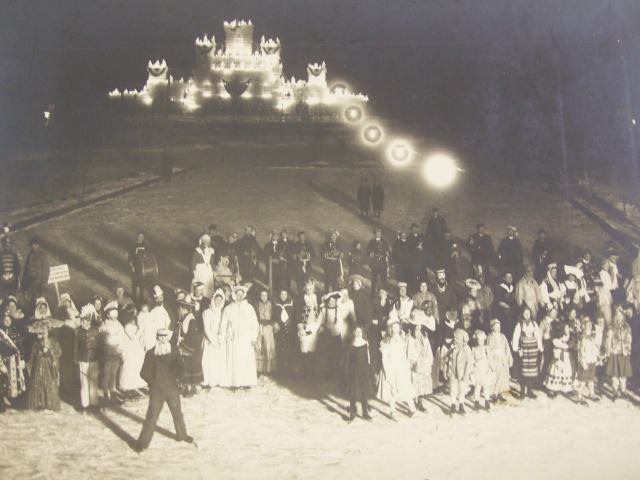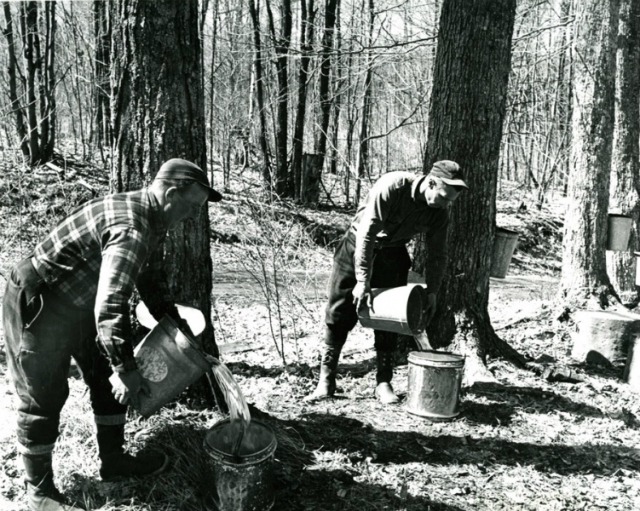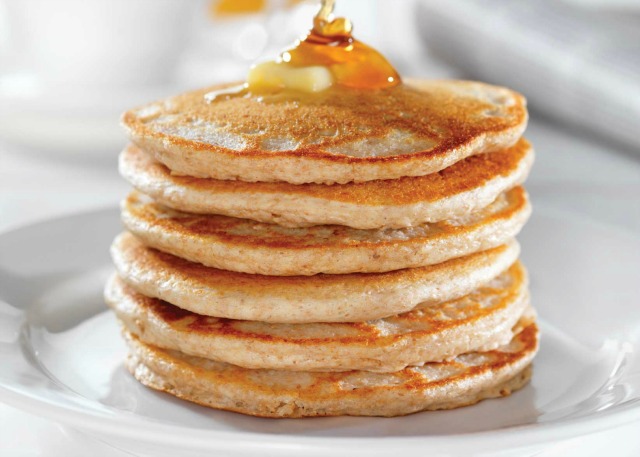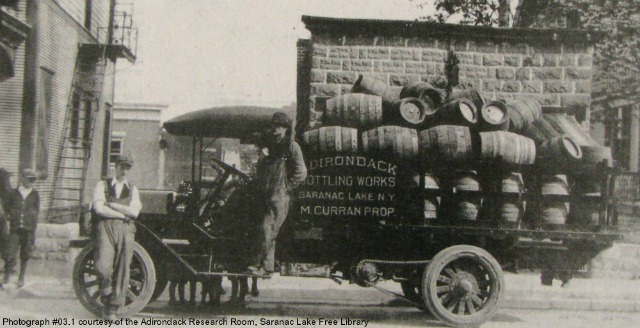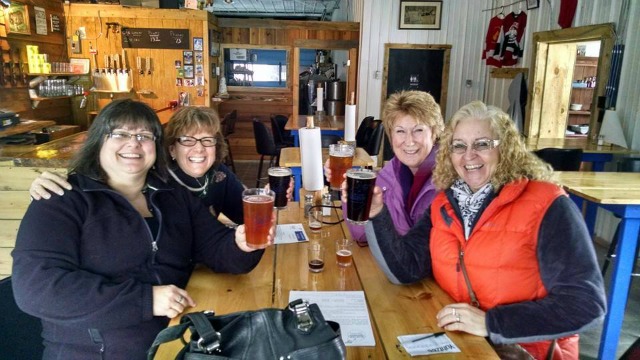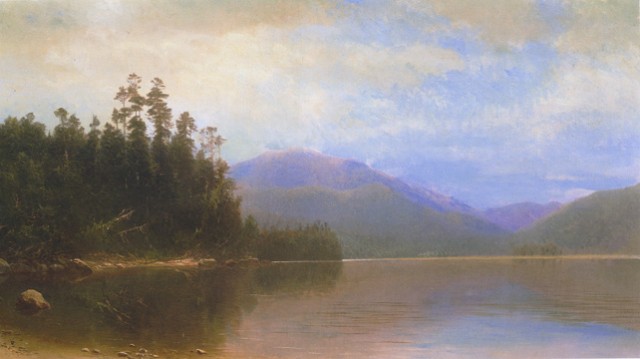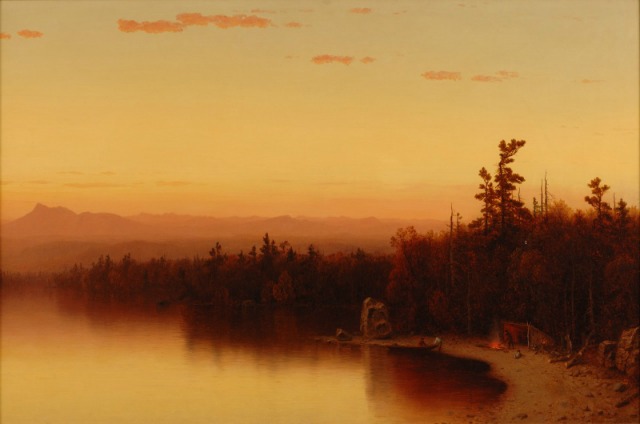The unique geography of the Adirondacks has created some distinctive cultural traditions. The remote location, rugged beauty, and abundant wilderness led the small village of Saranac Lake into ways of life we still observe today.
Celebrate with us!
WINTER CARNIVAL
One thing we must have in our Winter Carnival is the Ice Palace -- our term for the amazing structure we create as a focus for the festivities. It's a different one every year! We couldn't do it without that ancient Adirondack art of ice harvesting.
While we have large machines now, instead of teams of horses (see above), the actual removing and placing of the blocks of ice has not changed since its beginnings. The Adirondacks once supplied most of the ice for New York City's homes and restaurants, fueling a demand for iced drinks and ice cream that is still taken for granted today.
From these skilled cutters and shavers came the the Winter Carnival Ice Palace. The first one was in 1898 (one year after the beginning of Winter Carnival) and was a tower of ice with lights strung on it. It proved so popular that it expanded year by year, supported by prominent architects, until it became an multi-roomed extravaganza up to sixty feet tall.
the first ice palace, at the turn of the century
As expenses mounted through the decades, the work became the focus of local volunteers. While scaled back somewhat from its early origins, the creativity, dedication, and skill remains. We still crown a King and Queen and we still know how to throw a ten-day party.
Find out how we build the Palace. Make plans to visit during Winter Carnival.
maple treats
The Adirondacks are a major focus of New York's maple syrup industry, and has been since the beginning. The earliest Native American settlers were tapping trees and enjoying the unique flavors and nutrients. Swiss and Normandy settlers in New France (which once extended from Newfoundland to the Rocky Mountains, and from Hudson Bay to the Gulf of Mexico) brought their "sugar houses" to the Adirondacks. Here's where the syrup was boiled down to the form we know, and love, today.
Actually, maple sugaring hasn't changed that much (courtesy Adirondack Museum)
It takes about 40 gallons of sap to wind up with one gallon of maple syrup. We are fortunate to have a dedicated operation at nearby Paul Smith's College Visitors Interpretive Center.
Sap used in the VIC maple sugaring operation comes from the VIC Sugar Bush, a group of trees near the intersection of the Skidder and Easy Street Trails. In late March, they offer many fun events as part of their Maple Weekends. Adopt a maple tree for yourself, or as a gift, and get a container of real maple syrup after the sugaring has completed. The wonderful smell from the sugar house has to be experienced in person.
As for the many uses of maple syrup, the most popular culinary base is still pancakes. Or, as known in the lumber camps that were an early and thriving part of the Adirondacks, flapjacks. It's difficult to find a breakfast outlet that doesn't have some variation of the "Adirondack breakfast" including a hearty, often plate-sized, flapjack as a part of the meal.
We have the local maple syrup to put on top, too. Once you have the real thing, it's not possible to go back. You've been warned.
We didn't invent them. We simply perfected them.
Check out our maple events. Any time is a good time to visit the VIC.
Local Brews
In the beginning, there was beer.
As far back as 1795, a French surveyor in the Adirondacks was introduced to the local spruce beer by explorer Captain James Cook. He didn't like it. But the locals did, and with a recipe that uses maple sap to feed the yeast and starts with the phrase "boil twelve pounds of spruce branches," it doesn't get more Adirondack than that.
Spruce was a good hops substitute when it came to tamping down unwelcome bacteria, and it had enough Vitamin C to be effective against scurvy. Making it even more popular with the explorers, I'm sure.
in 1910 it was possible to drink locally, and now it is so again
The popularity of local brews waned as mass transit made it easier to get commercially brewed beers, but now the situation has come full circle. Saranac Lake has Blue Line Brewery, located in a former car wash.
They have 6-10 brews on tap, with growlers to go and a delightful tasting room. With occasional Open Mike nights on Thursdays, and regular Wing Night Wednesdays, it's also a great place to catch a bite and some entertainment.
They do not have a spruce variety. At least, not yet.
always a fun crowd at Blue Line Brewery
Visit Blue Line Brewery. Sample other Adirondack brews while exploring our variety of nightlife.
Landscape painting
The Erie Canal was just one of the transportation advances of the 19th century. In the fall of 1825, the artist Thomas Cole took a steamship up the Hudson and then hiked into the eastern Catskill Mountains. His resulting landscapes created a sensation. It was the first anyone had seen of these wild places.
He is credited with the Hudson River School of painting, which emphasizes dramatic sweep of pastoral scenes. This highly influential American art movement was inspired by the philosophical concept of romanticism. At its height, Adirondack scenes became popular subjects.
"Saranac Lake, Morning," by Homer Dodge Martin, 1857
As industrial development crept up the Hudson River valley, painters had to find more untouched pastoral scenes. Many of them were guests at Adirondack Great Camps, and so the discovery of a marvelous new wilderness spread. Artists would pack up their sketchbooks and hike in search of inspiration, while the actual canvas would be painted back at their studio.
Americans fell in love with these landscape scenes of their New World. Prints and lithographs brought the inspirational, and aspirational, themes of the Hudson River School into any size of home. Even though its popularity took a second generation of painters into New England and out West, even the Canadian Maritimes and South America, its heart is still the Hudson.
Sanford Robinson Gifford's "A Twilight in the Adirondacks," 1864
So it is fitting that this region of the Adirondacks, centered around Mount Marcy and the source of the Hudson, would continue to offer the same sweeping views and bold scenery that inspired so many in America's past.
Explore our many art galleries. Take the Artists at Work Studio Tour.
concept of vacation
Many people don't know that the Adirondacks invented "vacations." As society's elite built summer camps in the crisp, cool air along the pristine lakes, they would inform the society pages of the newspaper when they were "vacating the city." And enough people were able to find their own accommodations in the Adirondack's growing hospitality industry that soon, anyone could "vacation."
We hope you will, too.
So choose a favorite lodging spot, anticipate the fine meals, and make some personal Adirondack Traditions!

